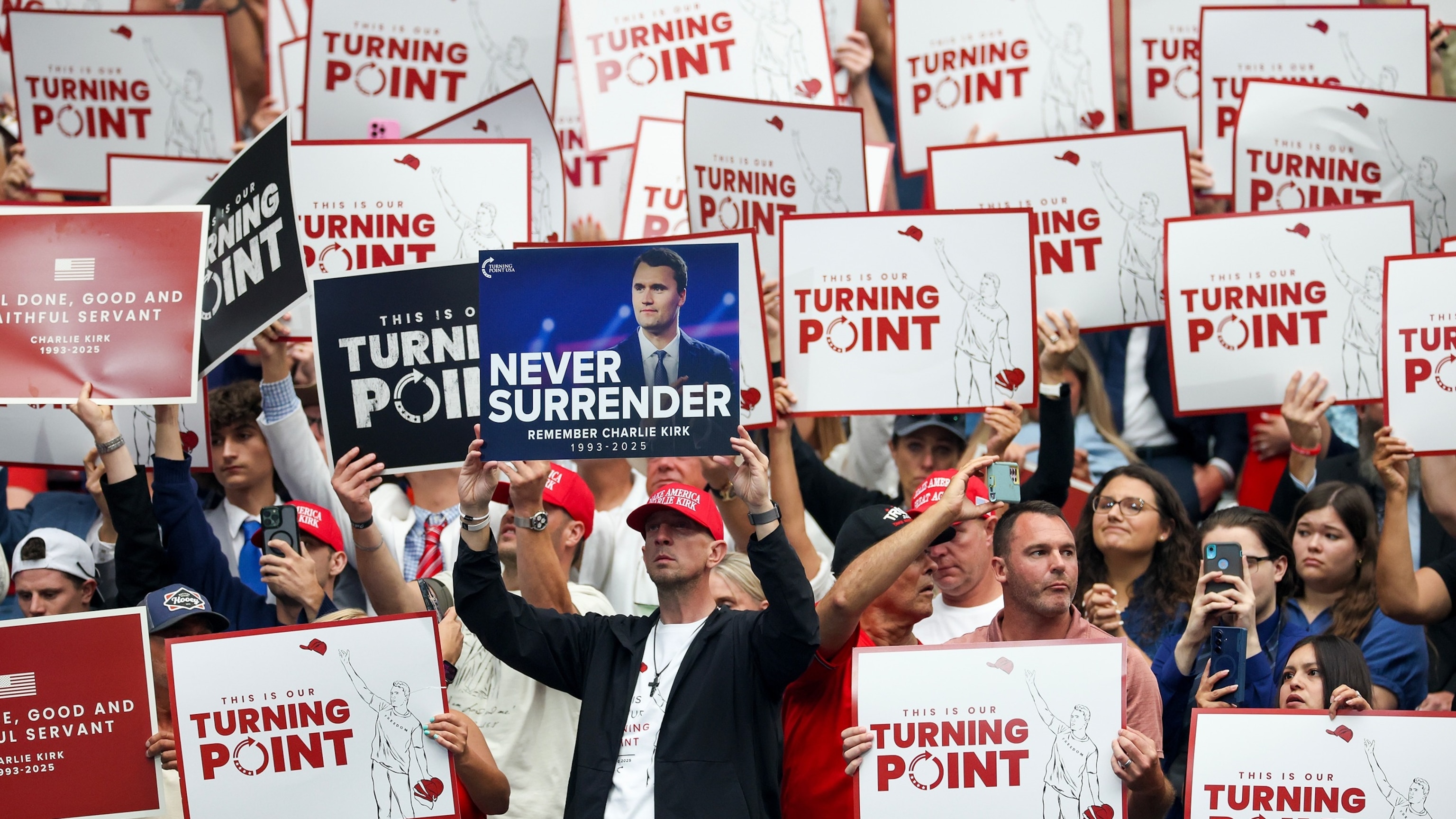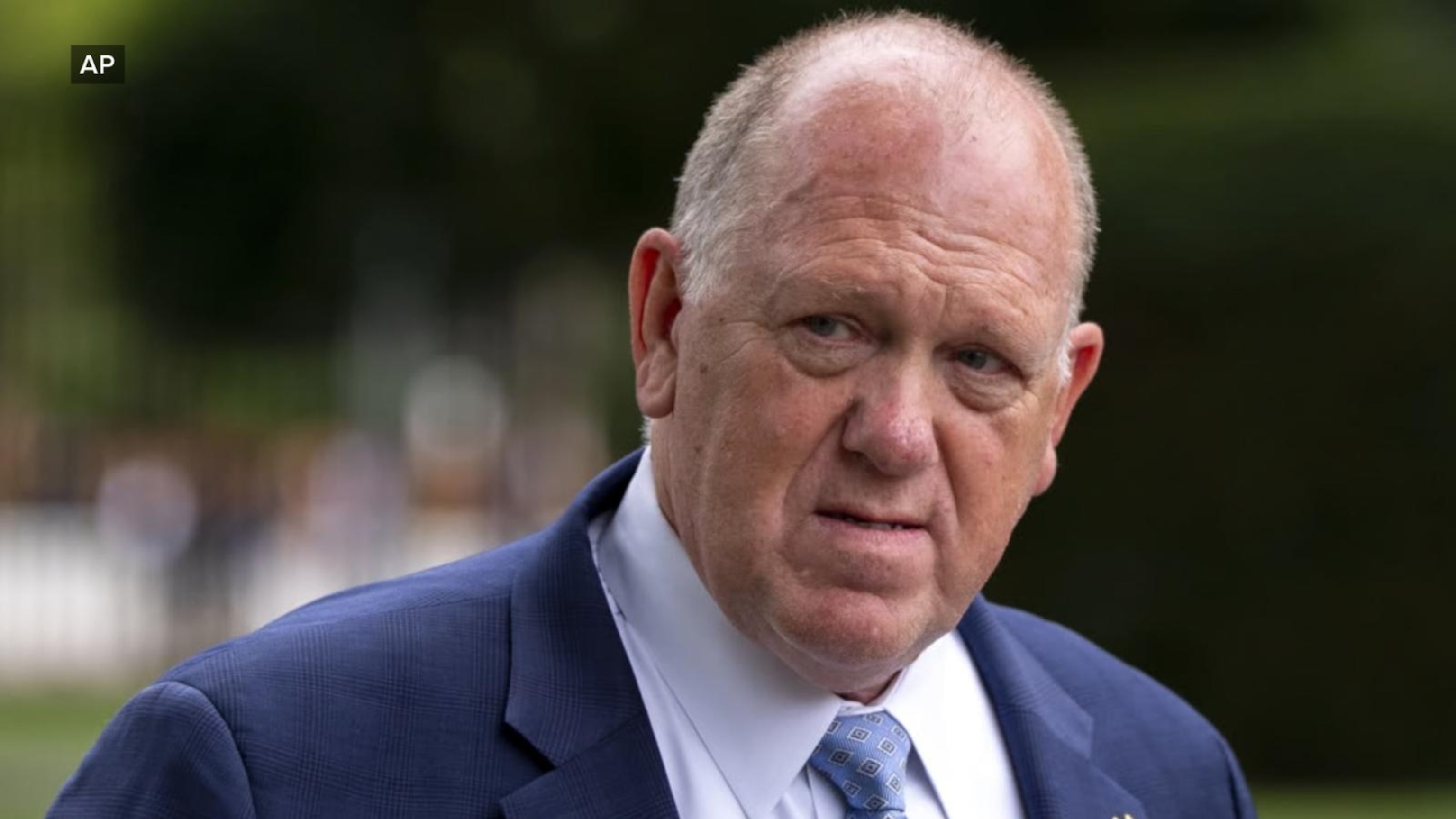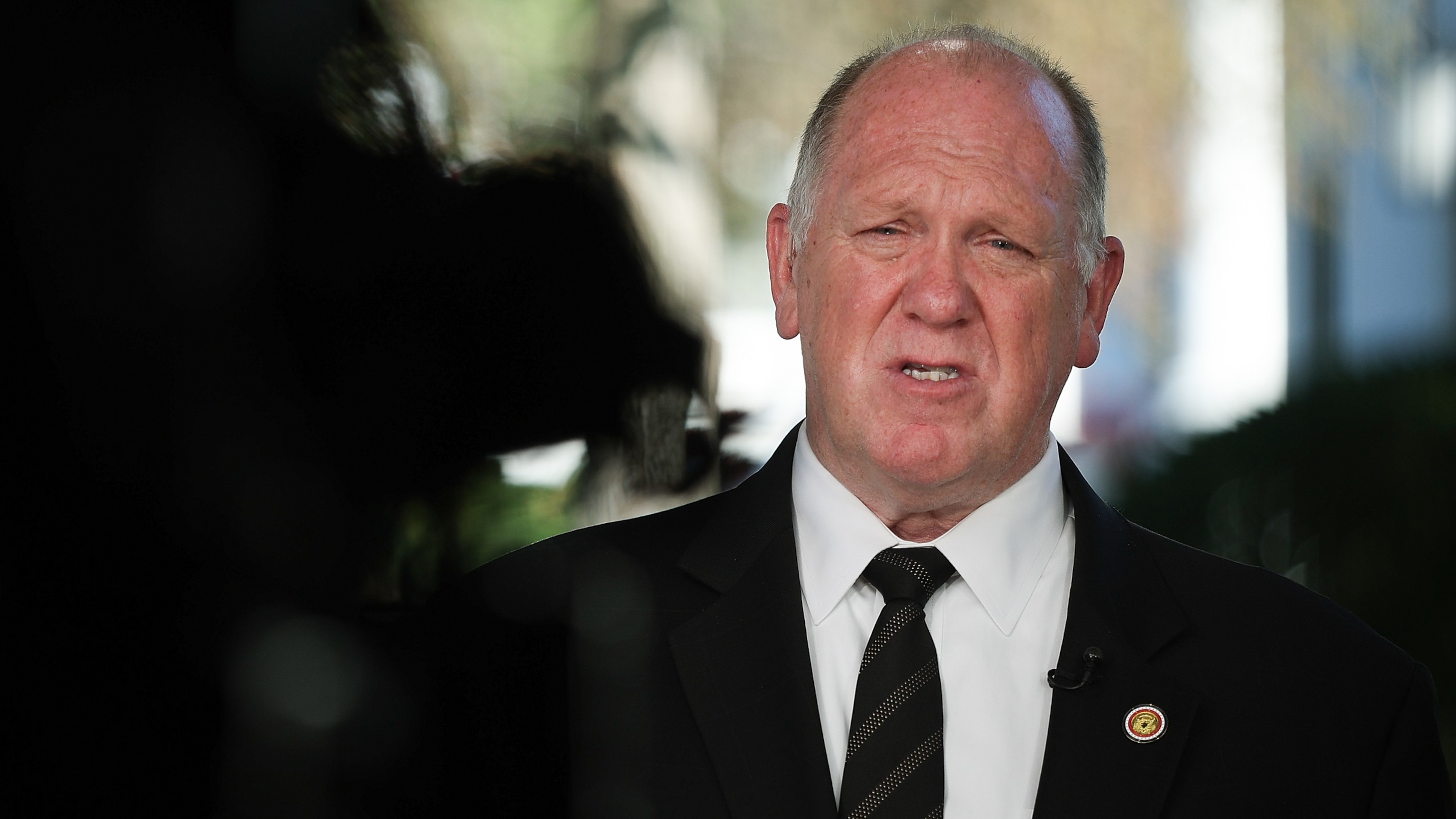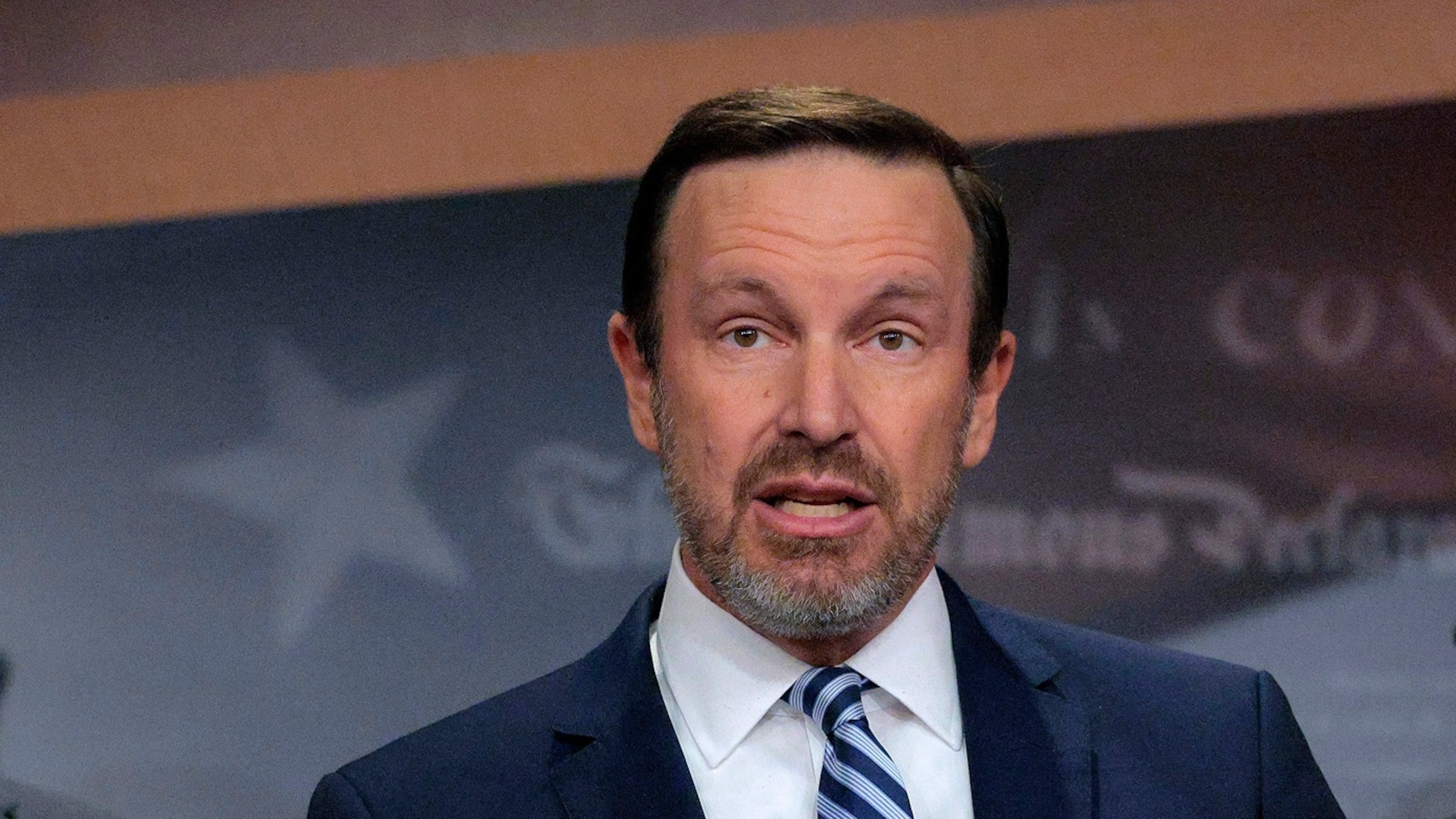Political News
Latest Videos

3:27
Trump appears to criticize Bondi over investigations of political opponents
- 8 hours ago

6:09
What to know about planned announcement by Trump on autism
- 8 hours ago

0:52
DOJ shut down probe involving Tom Homan: Sources
- 9 hours ago
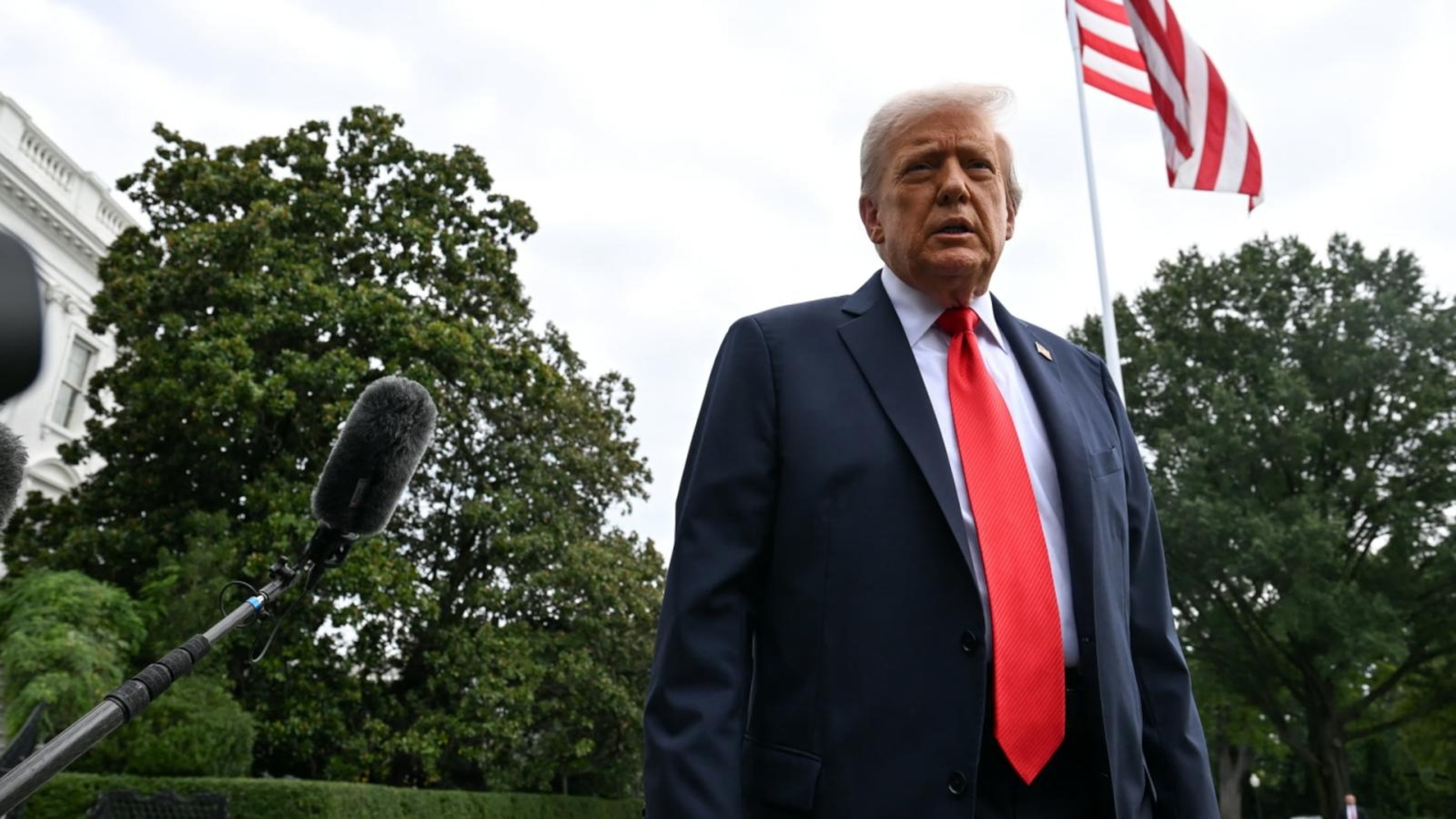
5:12
Democrats blast Trump's call to have AG prosecute his enemies
- 10 hours ago

5:07
What Trump's call to prosecute enemies means for the justice system
- 11 hours ago
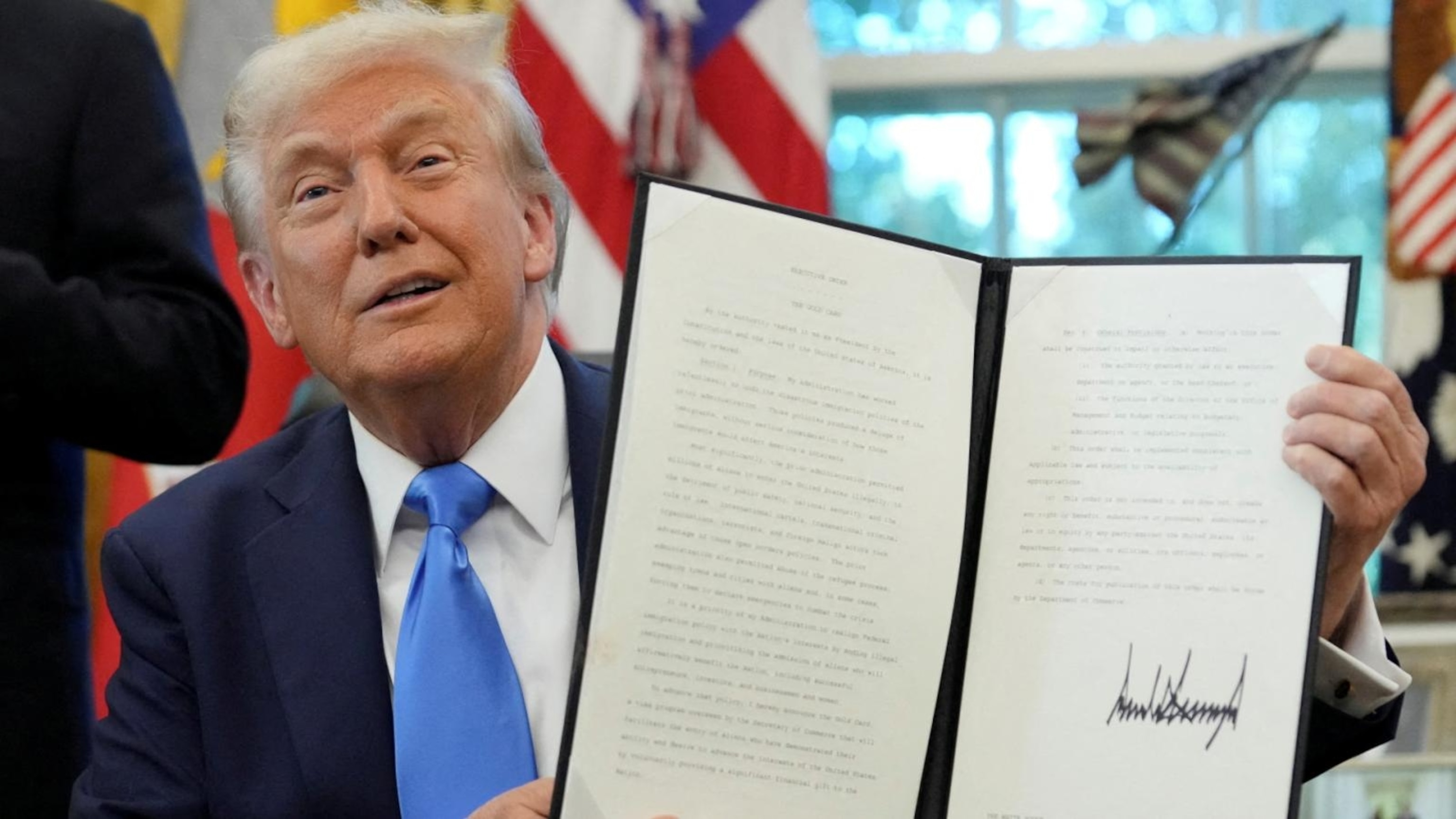
2:12
Trump imposes $100,000 fee on H1-B visas
- Sep 20

5:36
Soybean farmer to President Trump: 'We need actions now, not just words'
- Sep 19

1:20
Trump says he will meet with Xi at APEC, travel to China in 2026
- Sep 19
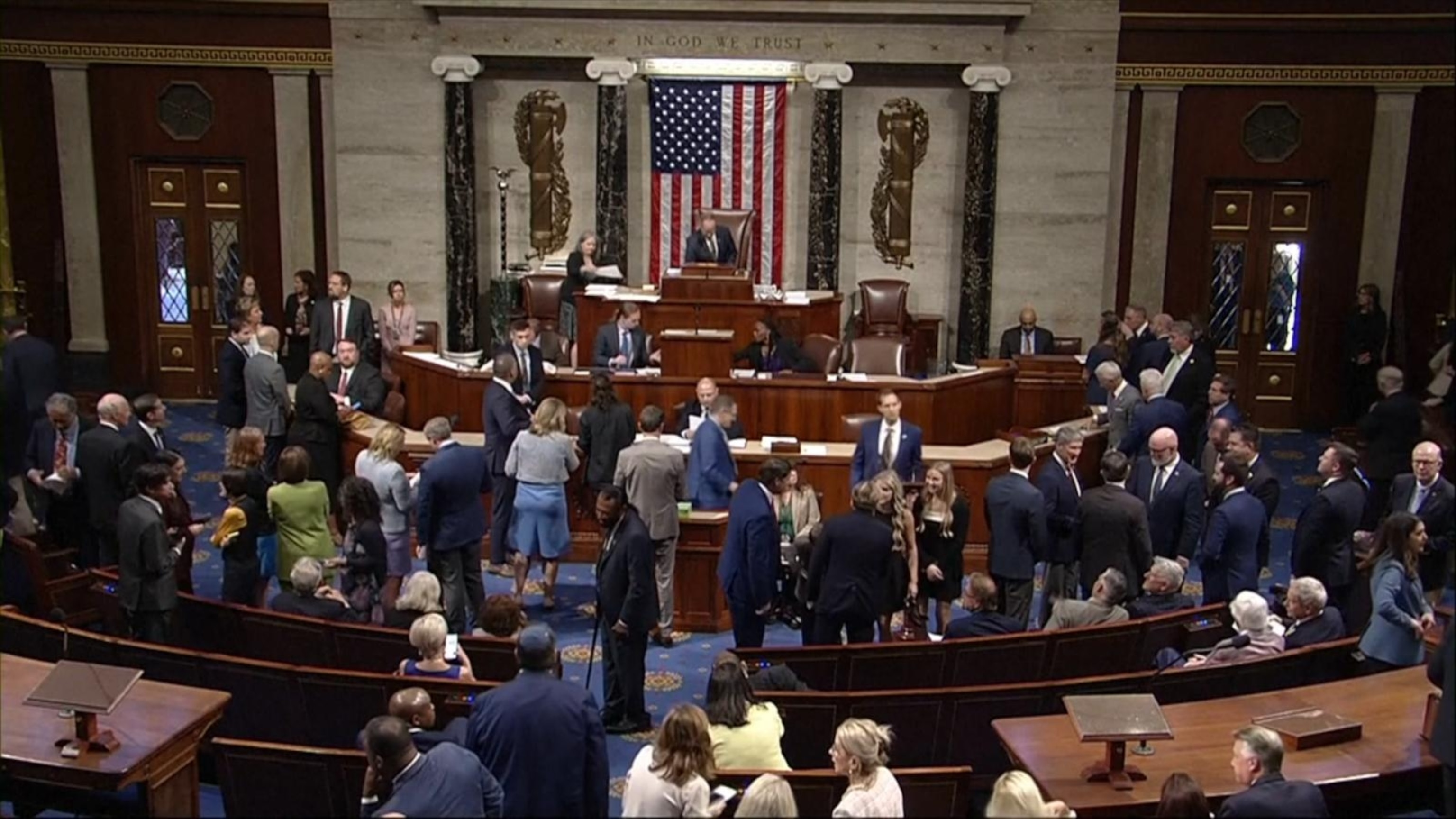
0:51
House passes Republicans' short-term government funding bill to avert shutdown
- Sep 19

2:02
Trump says he's trying to get Afghanistan's Bagram Air Base 'back'
- Sep 18
Playlist · 10 Videos
